For those who live by the blue light, passion is a mountain lake, drawn and renewed with each dream bike they bring to life. Yet, amidst the many builders working their craft, a British engineer by the name of Rob English stands apart. Not because he plies his trade in Eugene, Oregon, when by rights he should be back at his alma mater of Cambridge lecturing on the marvel that is steel. But because he is a maker in the mold of pioneering British engineers such as Lotus's Colin Chapman, a quiet maverick willing to work from a blank sheet to ask why and why not - a rule breaker with the smarts to transmute needs and emotion into feel and function. A man who can tell you to the millimetre cubed how much water his lake holds.
Ask any lucky recipient of an 'English' how their bike rides, and you'll be late for tea. An English is exactly what it should be. Rob's superpower is to tailor a client's bike to their precise requirements, beyond tube choices and geometry, down to the soul itself.
To coincide with the launch of our partnership with English Cycles, we recently got on the blower (telephone, dear boy) with Mr Rob English to learn more about his singular approach to building bikes. Here's our conversation.
AC: Rob, good morning. How are you today?
Rob: Hello, Pete. I'm well, thank you. How are you?
AC: Also, well, thank you. To kick off, I'm intrigued to know your thoughts about the gravel scene and the bikes the industry is building. You're known for doing both road and gravel these days.
Rob: They're all just bikes, right? But for want of a better term, all-road bikes. Road bikes with bigger tire clearance and smaller gears. Some verging more towards road racing and others towards the trail. I've done a lot in that middle ground of late.
AC: Given the terms all-road and gravel are often interchanged, how do you manage expectations regarding what the bike will be able to do?
Rob: Gravel is such a wide variety of terrain, from just a gravelled road, basically, all the way through to mountain bike terrain, depending on where you are in the country and what you like to ride. So my process hasn't changed in terms of trying to understand where the customer rides, and how they ride - and then trying to take all that information and create the geometry and design that will serve them well. It's worth noting that the first fat-tired road bike I built in 2016 that won the Best Road Bike at NAHBS has almost exactly the same geometry as my racing bike, but it will fit 35-millimetre tires.
AC: That's a nice segue to discussing your first love of classic hardtail mountain biking.
Rob: Yes, indeed. I started mountain biking in the '90s and raced mountain bikes at a pretty high level when they were basically road bikes with flat bars in terms of geometry. So I'm perfectly comfortable throwing a road racing bike down a gravel track. And that works well for me because the position's the same, the handling's the same, and I don't have to adjust or change anything.
AC: How do you start the design process for a new commission?
Rob: It's a holistic design approach because everything affects everything else. For example, trying to balance the weight distribution and the tire clearance, ensuring there's no toe-front wheel overlap. And taking into consideration the bar width and the stem length for the steering input, as well as the actual steering geometry and the pneumatic trail. It's the experience of having done it enough times, of sitting down with the contact points drawn out, "Okay, how am I best going to put this together?"
AC: Is it different each time?
Rob: I mostly start with a previous bike design, simply because I've got several hundred bike drawings now, so I scan through and say, "Oh, there was a similar sized rider with a similar type of bike," and pull that up. So that's my starting point. After that, I will set the tire size, then the bottom bracket height, based on the client's crank length. And then, I can put the saddle and handlebars in the right place in relation to the bottom bracket. Fork considerations follow, then figuring out the front-end geometry to get the stem length, the trail figure I'm shooting for, how the rider's sitting on the bike, in terms of their weight distribution, and what length the chain stays need to be.
AC: Oh, is that all?
Rob: Ha, there's more! Like, what should the slope on the top tube be? And where should the seat stays attach? Those are the pieces that the client can have some influence on as regards the aesthetic they like.

AC: Is the process informed by how you like an English bike to look once complete?
Rob: I'm an engineer and a bike racer. In one sense, I don't care what it looks like. That's a very, very minor consideration. I'm trying to design a functional object. But then again, form follows function. And a purposeful aesthetic is where I get to, with the perfect allocation of water bottle mounts and space for frame bags, should the rider use those, with the necessary adjustments to compliance by having a long seat post to maximize room in the triangle. There's a lot to consider.
AC: But in the end, you must still prefer a look that stirs your heart and says 'bike' in a way another doesn't.
Rob: One aspect that is some function but more form is my eye likes to have the top tube and the stem parallel. Often, that ends up with those angles being tangential to the top of the rear tyre. So everything flows to the back of the bike visually. Those are kind of the last pieces when I've taken care of all the functional components of the design, the final few tweaks that can have a bit of variation to suit just the pure aesthetic of it.
AC: If how the product works is the highest priority, then it follows that using it will be a joy. It won't irritate you. It won't get in your way. For me, that's the ultimate expression of good design.
Rob: My goal is to make the bike disappear. Because it's not about the bike, it's about what it enables you to do.
AC: You mentioned 90's hardtail mountain bikes a moment ago, which I grew up on too. I had a GT Zaskar Le, and it went like the blazes on the trail, but when I turned towards home on the road, it still felt fast. So to speak to that, has the philosophy of how people design bikes changed a lot since the '90s?
Rob: Interesting. I think bikes have gotten a lot better. We've learned so much more about design and materials. And we've got more gears, we've got better brakes, we've got way better tyres. So there's been a lot of things that have improved the experience for the riders. And then there's also a lot of stuff that feels like or can sometimes feel like, marketing fluff - trying to come up with something new so you've got something new to sell.
AC: There's certainly a lot of noise these days.
Rob: That's perfectly exemplified by mountain biking, where if you haven't got the latest geometry and suspension, and whatever, then you can't ride. Whereas I've been riding these trails for 30 years. And, sure, on the modern stuff, you might go a bit quicker, but I don't think you're having more fun. If I go a bit slower on the downhill because I'm on a rigid bike, I'm descending for longer, so I'm having more fun, right?
AC: That's a perfect way of looking at it.
Rob: Plus, I get up the hill way quicker because my bike weighs half of what yours weighs!
AC: Damn you, English.
Rob: I personally can't see the attraction in riding around on a 30, 35-pound mountain bike. But the beauty of bicycles is you can ride whatever you want. If you're not bowing down to peer pressure or industry pressure, you can ride what you love.
AC: Have you ever felt any pressure to do anything differently? And if so, how do you remind yourself why people come to you?
Rob: I do feel pretty confident. I enjoy people coming to me and pushing me to develop solutions. For example, I'm currently working on my first front-loading cargo bike design.
AC: Tell me it's aero.
Rob: It might be! But in all seriousness, a cargo bike is completely new to me. And it's part of that conversation with the client, like, "You know, this is going to be a prototype, and we'll see what we learn together." But it's engaging, and it's going through the whole design process I was taught in high school: Go and do your research, see what else is out there, understand why those solutions exist, and be informed. And then, think through the problem from a clean sheet of paper, and come up with your own ideas.

AC: That's a smart way of approaching problems. You have to see what else has been done to both learn and avoid mistakes at the same time.
Rob: Exactly. But it's having that inquiring mind to ask, "Why was it done that way?"
AC: And is that the seed of everything, whether it's the cargo bike or some esoteric beautiful time trial bike? Is solving problems your first love?
Rob: Yes, I think so. When I was working in production, that's what I loved. The game of how do we produce this more efficiently? Thinking about the process. And I apply as much of that as possible to a one-person shop. But it allows me more room to think about the product, question my methods, see them afresh, and ask, "Why am I doing it that way? Is there another way that it could be done?" There's a lot of creativity in staying engaged and interested.
AC: Reassessing what we do and why is healthy and essential, especially as we get older, I guess. It's too easy to slip into static thinking or avoid ideas entirely because the ego can't take not being an expert!
Rob: Yes, I sometimes notice that tendency in myself, that it can feel uncomfortable not to be an expert. I've been training myself to lean into that discomfort, be curious, and see an opportunity to learn rather than staying in my little box of, "Here's the stuff I know that I'm confident with."
AC: I'm interested to hear your opinion about how a bike should feel. Concepts like stiffness and responsiveness seem to have become blanket statements, devoid of the nuance the designer might have intended.
Rob: Part of the conversation I have with clients is trying to get a good sense of where and how they ride. I ask them about other bikes they've had that they've liked or disliked. Tuning the frame's stiffness to suit the rider and what they do with it is important. I'm glad the industry is starting to move away from the stiffer is better paradigm we were stuck in for a long time.
AC: For sure.
Rob: Talking to the riders about what stiffness means and understanding their concept of it and how it relates to the actual makeup of the frame is essential, too.
AC: So there could be an element of unlearning in a sense. What do they mean by stiffness, and what do you mean by stiffness?
Rob: Exactly. Part of staying curious and being present is not assuming what a customer means but asking more questions to ensure I truly understand. And vice versa, to then explain what the actual engineering of the frame is and how that impacts the ride.
To answer your question, the feeling I'm looking for can be visualized by the idea of the bike disappearing beneath you. Because with the right amount of torsional stiffness in the frame for a certain size and weight of rider, the wheels can move out of plane very slightly, which enables it to track around a corner, because the contact point of the tyres can hunt just a little bit to find a stable footing.
AC: I can visualize that.
Rob: Whereas, if the frame is completely torsionally rigid, you end up with chatter. One of the tyres will start to bounce because it hasn't got road holding. But conversely, if the bike's too soft, my experience has been that it'll start to get vague when you start pushing hard in a corner because the whole frame's twisting too much.
AC: It's a little woolly. A little spooky in that sense.
Rob: Yeah, it feels like the handlebars aren't connected properly because the bike's front end is twisting relative to the back. And it's not reassuring. And it's interesting to relate these things to production bikes. This is one of the reasons I love to build for small, light riders, particularly smaller women because they're poorly served by production bikes. The engineer has to assume a 250-pound rider across all sizes, and if your weight deviates from that, there's a problem.

AC: So on production bikes, everyone's getting a bike strong enough for a 250-pound rider, even if they're a quarter of that?
Rob: Might be 100. They might be half that weight. I've had that experience with some of those smaller riders, where I've built them a bike, and not only does it fit them properly without compromise to geometry, but the construction is tuned to their weight. And so they come down a hill and say, "Oh, that's how it's supposed to feel. I could get round the corners and felt safe."
AC: So that's road. Does gravel differ? Or do the same principles apply?
Rob: Yes, same principles. Some people might want a slightly stiffer frame, particularly if they're running bigger tyres. Because when you're running big tyres at 25 psi, that takes care of all the hunting, and you want a little more stiffness to hold the line.
AC: All of which brings us to Chad's new English. It's a beauty. Could you talk a bit about what you know about Above Category and the process of making Chad's bike?
Rob: Sure. Like most riders, I was aware of Above Category as a premier bike shop down there in the Bay Area. And so when Chad reached out to me, I was a little nervous because he knows his stuff, has ridden lots of bikes, and is pretty clear about what he's looking for. He's discerning.
AC: I'm just glad he doesn't drink coffee. I can't imagine the rabbit hole he'd go down about coffee machines.
Rob: Ha! In the end, having someone used to being on my side of the conversation made it a lot easier because we were both speaking the same language: "Alright, you want this, that means this. You want this, that means this." So it was a lot more straightforward. It's a great start because, having gone through that process with Chad and understood the AC-way, I can trust that he and his team will ask all the questions I normally ask.
AC: How will the English x AC collab work?
Rob: The idea is AC will do the client interactions and filter everything back to me. But it's still the same process, in many ways, of asking questions or asking for more information if I need it until I'm confident I can create a design. Then I'll send AC the draft design; they can review it with the client, and we'll iterate as needed. But it should streamline the process for me because AC will take care of all the components, the assembly, and the client-facing side.
AC: Sounds like a plan.
Rob: And I like that AC work with a number of builders. They know those builders; they know the product. So if someone comes in and says, "Oh, I want an English," and they start talking to them and say, "Actually, you don't. You're a much better fit for this other builder." Then that's great. They're not just locked into trying to sell what I build. In fact, that's the first thing I say to most people, "Let's see if I'm a good match as your builder."
AC: And I'm sure the answer is yes! Thanks for your time, Rob. It's been great chatting with you.
Rob: You too, Pete.

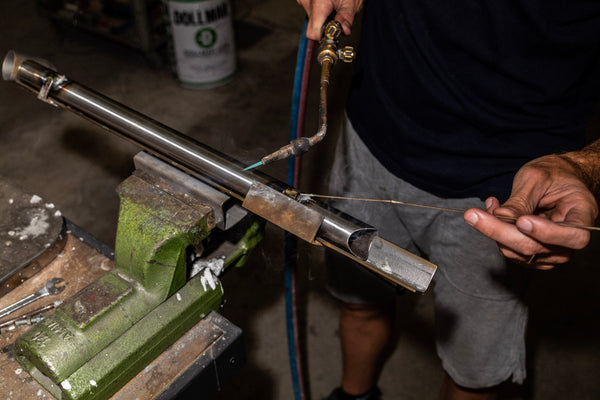
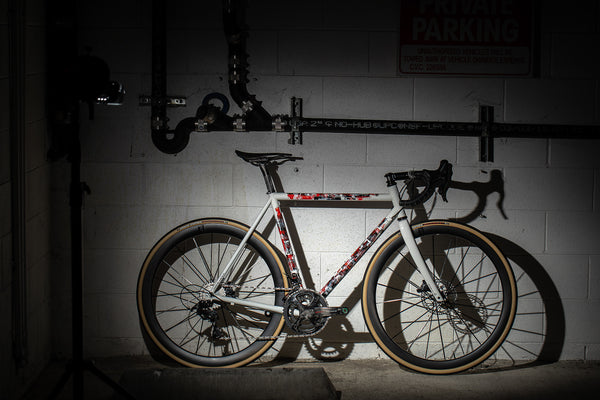
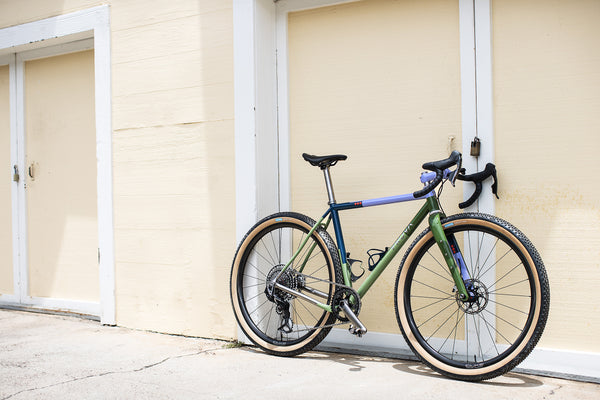
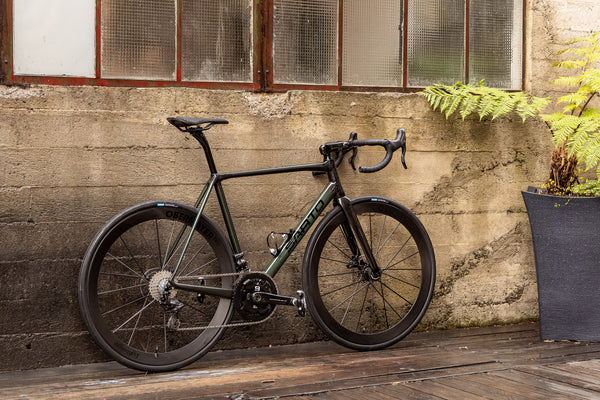
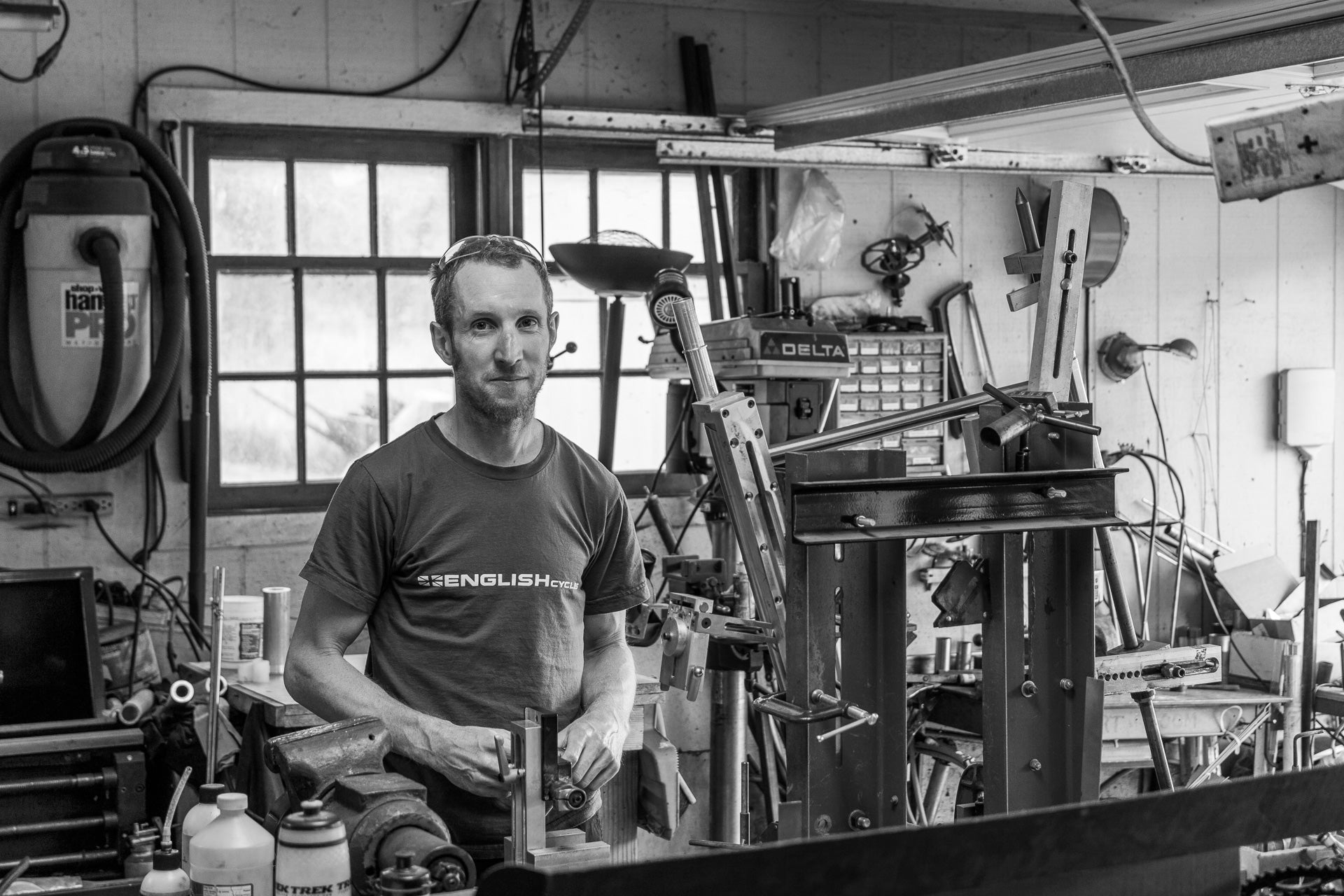

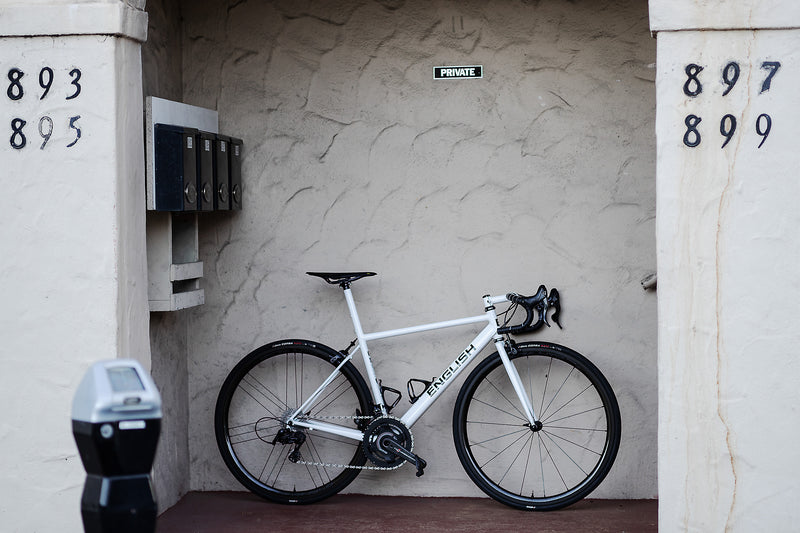
Back to Journal